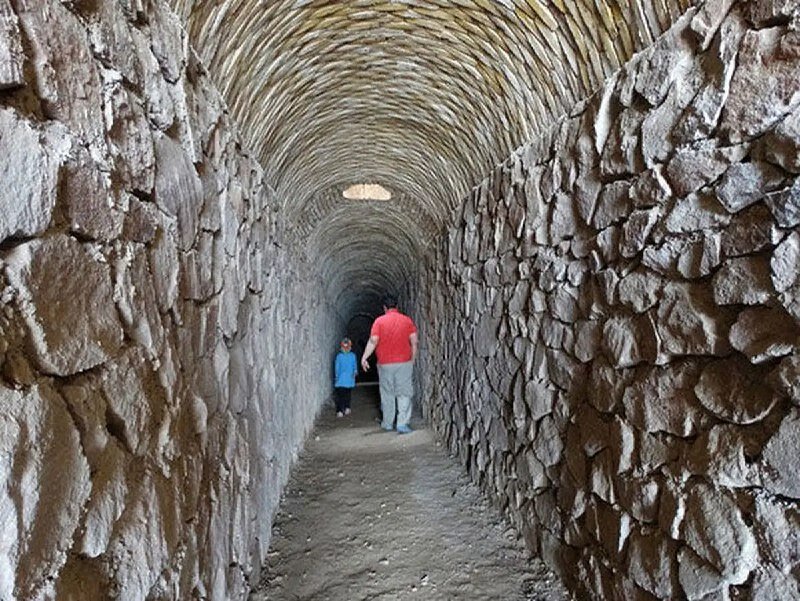Ancient qanats are still a lesser-known tourism charm

TEHRAN--Experts in the field of qanats believe that such ancient underground water networks are still among the lesser-known tourism charms in Kerman province.
They believe that a qanat is an important agricultural heritage in Iran and even the world, which traces the history of coexistence and human dependence on water to the beginning of human civilization.
“Iranians' efforts in engineering and exploiting the surface water, managing and directing it to the farms and fields by digging qanats have been very admirable. A heritage that we benefit from less today despite the climate crisis.”
Mohammad Barshan, director of the Qanat Center of Kerman province and a qanat expert in Iran, told ILNA that qanat is not just a technology for accessing water resources, but is a heritage that the economic, cultural and social life of a large part of the country has depended on for several millennia.
He said qanat is adaptable to the ecological law and has helped the ecological resistance of every region.
Barshan continued that Kerman province is the original origin of the qanat in human history and according to historians; the first qanats were formed within the boundaries of this land. If there were no qanats, cities such as Kerman, Sirjan, Bam, Ravar, Kuhbanan, Zarand and Shahr-e Babak and other cities of the province would not have been formed. “Therefore, the people who were responsible for managing the qanats were proud of this work and considered their profession more sacred than other professions. They believed that betrayal in qanat affairs would lead to the drying up.”
The tourism sector in the qanat civilization becomes effective when, along with the increase in the level of awareness of tourists about the importance of the qanat, its importance for tourism is also taken into account, he pointed out.
“Approaches such as empowering the qanats in a structure of job creation, localizing the actuality of tourism, and preventing the drying up of the qanats can be very useful.
Also, paying attention to sustainability in the human and natural dimensions as a restraint on capitalism intertwined with tourism can be effective in optimizing the qanat tourism.”
Barshan emphasized that qanats are part of history and culture of nations. Their loss is not only the disappearance and destruction of a method of water extraction or a type of water exploitation, but also the disappearance of a cultural characteristic and identity, he pointed out.
According to this expert, given the recent numerous droughts and the decrease in rainfall and the lowering of water in underground aquifers, the importance of qanats has become more apparent than ever, and efforts to register qanats nationally and globally and pay attention to qanat tourism will be effective in continuing activities and efficiency.
Barshan continued that qanats are one of the environmental and man-made attractions and technical innovations of ancient Iran about 3,000 years ago for the exploitation of groundwater on the surface of the earth, which can be of interest to tourists. So that tourists are very interested in the experiences they gain as a cultural experience at the tourist destination, he added.
He said: One of the socio-cultural dimensions of qanats in Iran is the beliefs that the Iranian people have had throughout history about this important phenomenon, which includes specific customs and traditions regarding qanat.
The Iranian people believed in the male and female nature of qanat waters and chose spouses for them, and qanat wedding ceremonies were held like normal weddings and sacrifices were made for them, and many qanats were considered sacred.
KD
Leave a Comment